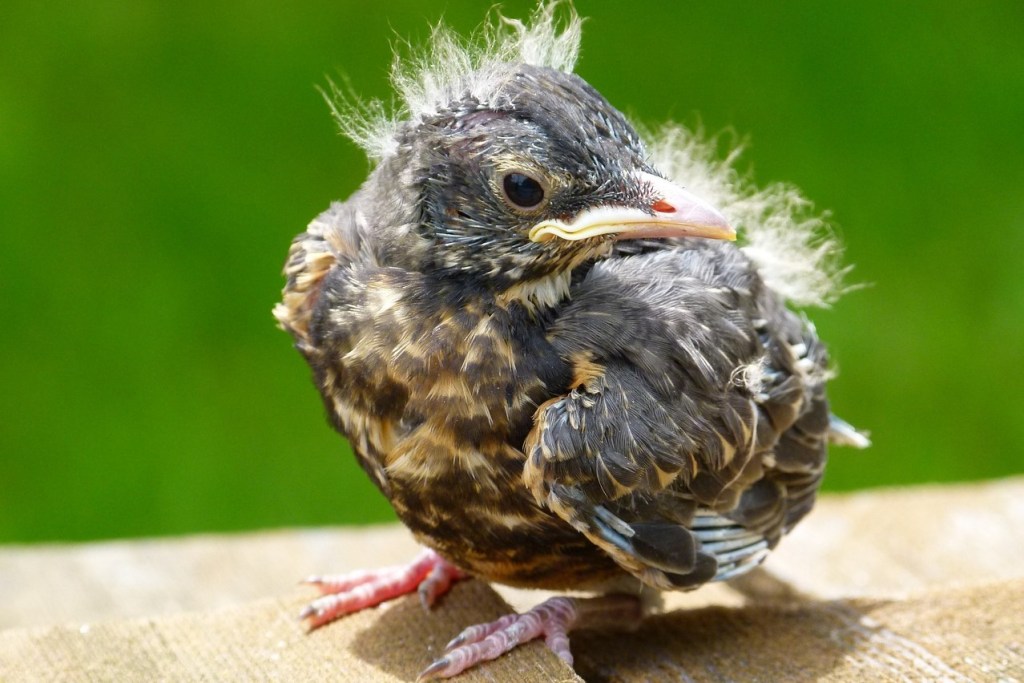
As nesting season approaches, you, like many other gardeners, might be trying to attract birds to your garden. Birds are beautiful and useful to have around, as they eat many common garden pests.
If you’re successful, and birds nest in your yard, then there’s a chance you’ll find a baby bird that fell out of its nest. There are some popular myths about what you should and shouldn’t do in that case, but here are the facts.

Determining if the baby bird needs help
You need to first find out if the bird is in need, so here's how to tell if a baby bird needs your help:
Step 1: Look at the bird’s size and feathers to determine its age.
You may see birds that are learning to fly (called fledglings) on the ground in your garden, and unless they are injured, they don’t need help. Fledglings resemble adults, but they are slightly smaller. Birds that have very few feathers and are much smaller than adults are too young to be out of the nest and need help.
Step 2: Check the bird for injuries.
Look for blood or obviously broken legs or wings.
Step 3: Look for predators.
If you see a house cat nearby, move the bird or the cat away from the area. Predators other than cats likely won’t approach while you’re nearby, but you shouldn’t try to interact with predators.

Helping an uninjured baby bird
If the baby bird is uninjured, here's what to do:
Step 1: Cover your hands.
If there isn’t time to cover your hands, wash them thoroughly after touching the bird.
Step 2: Place the bird gently back in its nest.
If you can’t find the nest, you can make a temporary nest to keep the baby bird safe. The Massachusetts Audubon Society has instructions on how to make one.
Step 3: Move away so the parents can return to the nest.
Contrary to popular myth, birds will not abandon hatchlings that smell like humans, as birds can’t smell. However, they won’t return to the nest if you’re still standing nearby.

What to do if the bird is injured
If the baby bird is injured, it will need special care. Here’s how to take care of it:
Step 1: Locate the nearest licensed wildlife rehabilitation center.
Since birds are wild animals, most vets and animal shelters can’t take them.
Step 2: Call the wildlife rehab center and follow their instructions for delivering the baby bird.
Step 3: Do not attempt to keep and care for the bird yourself.
If the center is full and there aren’t others nearby, they may recommend returning the bird to its nest and hoping for the best. Although it’s sad, this is a part of nature. Additionally, it is both illegal and unsafe (for you and the bird) to keep wild birds.
It can be upsetting to find a baby bird on the ground in your garden, but now you know what to do. If you’re worried about the birds nesting in your yard, you may want to look up the closest licensed wildlife rehabilitation centers. That way you’ll know just who to call if there’s a baby bird emergency!



